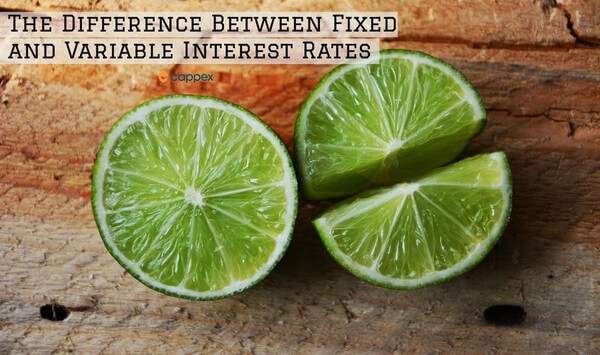The Difference Between Fixed and Variable Interest Rates

Student loans are confusing; repayment plans, forgiveness and deferral can spark anxiety in even the most financially-savvy grads. So let's dive right in: there are two types of interest rates, fixed and variable. But first, we'll explore what an interest rate really is.
What's an Interest Rate?
First of all, what are interest rates? Interest rates are percentages of a loan that are charged to the borrower. The borrower pays these fees to the lender in exchange for borrowing. This means that unless your interest rates are zero, you'll always pay back more than you borrowed. However, the only way you can possibly get a 0% interest rate is if family members loaned you money for school with an agreement no interest would be paid. Both private student loans and federal Stafford Loans will have higher interest rates than zero.
Fixed Interest Rates
If your loan has a fixed interest rate, you'll pay that same rate over the life of your loan. Fixed = never changing. For example, grads with a 3.76% interest rate will pay that 3.76% for the entire time they're repaying the loan. Federal student loans will have fixed interest rates.
Variable Interest Rates
Variable interest rates are sometimes offered by private lenders. Variable = changing. With a variable interest rate, you may start with a 2.76% interest rate and have a 6.81% rate a few months or years later.
Which One is Best?
Fixed tend to be better, as you have a predicted amount in mind. Federal Stafford Loans are great because they have fixed interest rates. So fixed interest rates may be more appealing if you like stability. Variable rates are often lower in the beginning and can save you money, but they can change at any time so your monthly payments are less predictable and you may lose money in the long run.